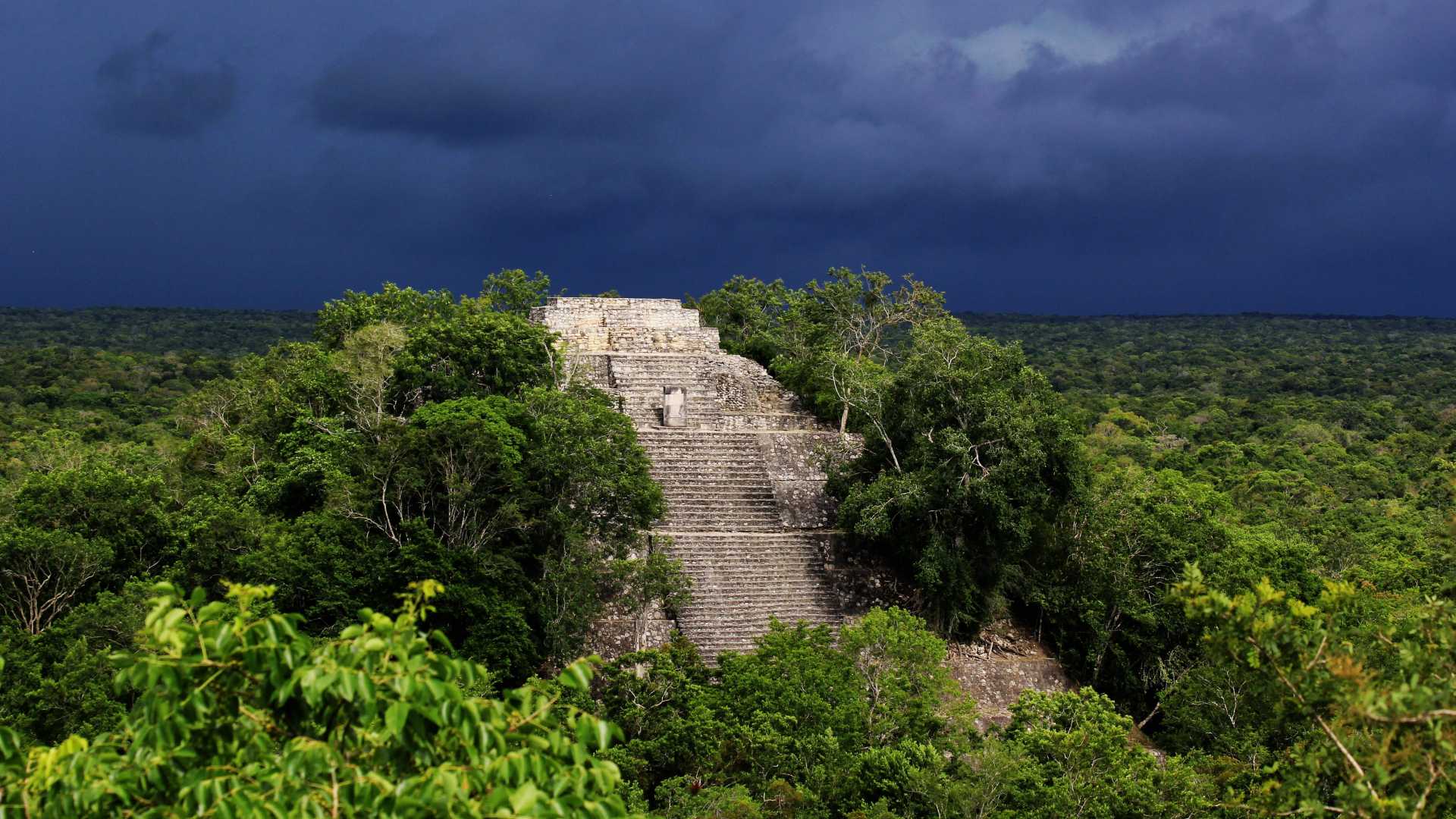News
Lost Mayan City ‘Valeriana’ Accidentally Discovered in Mexican Jungle Using LiDAR Technology

In a remarkable archaeological discovery, a team of researchers from Tulane University has accidentally uncovered a lost Mayan city deep in the jungles of Campeche, Mexico. The city, named ‘Valeriana,’ was revealed through the use of LiDAR (Light Detection and Ranging) laser mapping technology.
The discovery was made when the team was analyzing data from a LiDAR survey, which is designed to penetrate dense foliage and reveal underlying structures. This advanced technology allowed the researchers to identify the outlines of temples, pyramids, and plazas hidden beneath the jungle canopy.
The accidental nature of the discovery highlights the power of modern archaeological tools. The team was not specifically searching for a new city but rather analyzing the broader landscape when they stumbled upon the significant findings.
Valeriana is described as a sprawling ancient city, indicative of the sophisticated urban planning and architectural skills of the Mayan civilization. The site is expected to provide valuable insights into the history and culture of the Mayans, adding to the existing body of knowledge about this ancient civilization.
The discovery has generated significant excitement within the archaeological community, with many anticipating that further exploration of Valeriana could uncover new artifacts, texts, and other historical treasures.












